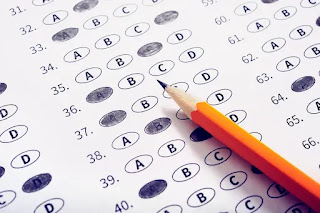1. An input field takes the year of birth between 1900 and 2004 The boundary values for testing this field are a. 0,1900,2004,2005 b. 1900, 2004 c. 1899,1900,2004,2005 d. 1899, 1900, 1901,2003,2004,2005 2. Which one of the following are non-functional testing methods? a. System testing b. Usability testing c. Performance testing d. Both b & c 3. Which of the following tools would be involved in the automation of regression test? a. Data tester b. Boundary tester c. Capture/Playback d. Output comparative 4. Incorrect form of Logic coverage is: a. Statement Coverage b. Pole Coverage c. Condition Coverage d. Path Coverage 5. Which of the following is not a quality characteristic listed in ISO 9126 Standard? a. Functionality b. Usability c. Supportability d. Maintainability 6. To test a function, the programmer has to write a _________, which calls the function to be tested and passes it test data. a. Stub b. Driver c. Proxy d. None of the above ...









